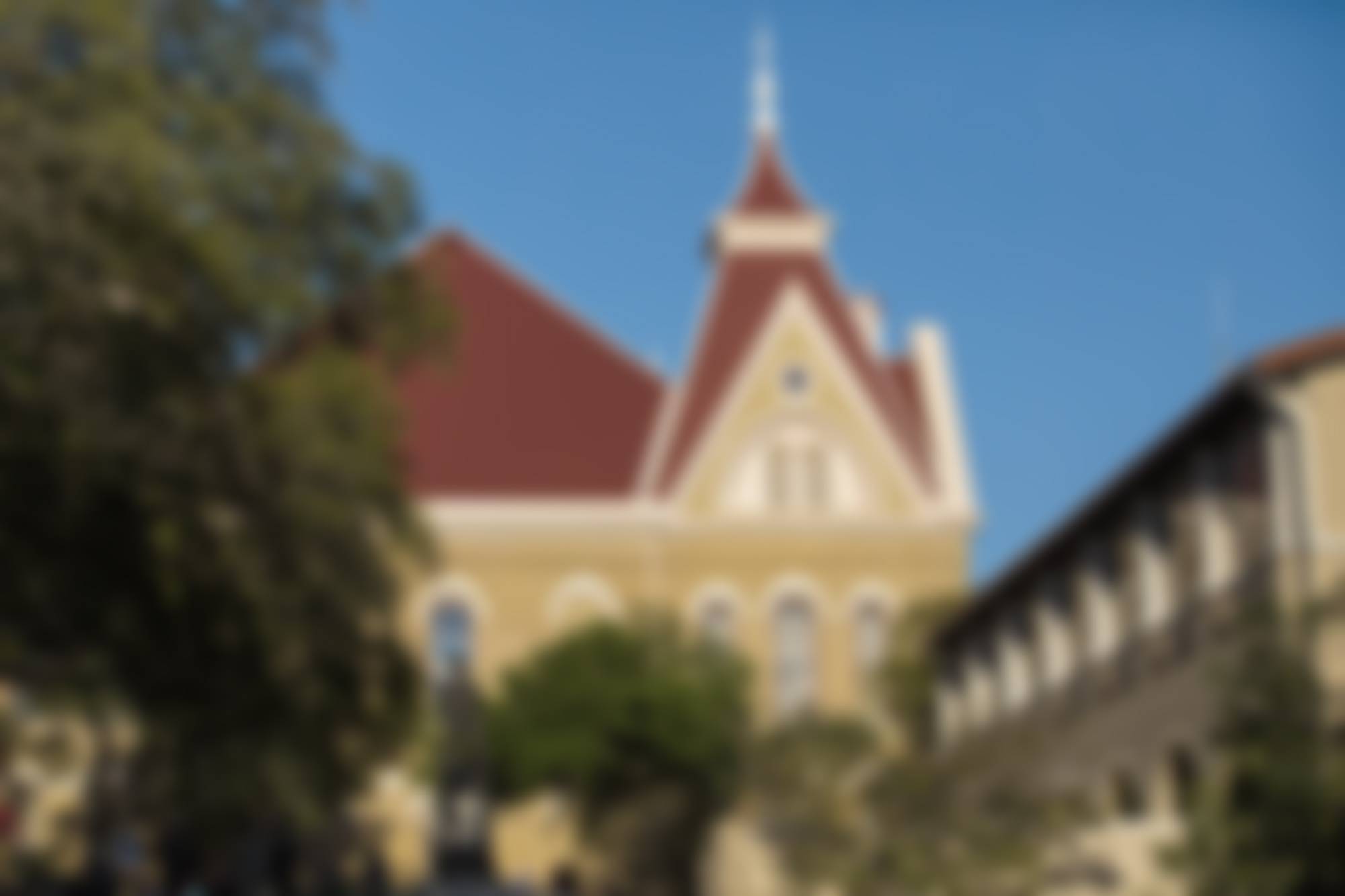Dr. Shiva K Rastogi
Lecturer
|
Contact Information Office: CENT 304D Phone: (512) 245-1098 Fax: (512) 245-2374 email: skr55@txstate.edu |
Educational Background
|
Areas of InterestOrganic chemistry, Photo-responsive, Natural Products, Anticancer, Medicinal Chemistry, Nano chemistry, Sensors |
|
Honors and Awards
|
Research in the Rastogi Group
The research in Dr. Rastogi's group pertain to three areas: (1) discovery of novel synthetic organic chemistry on photo-responsive compounds and natural products to discover novel anticancer agents, (2) design and synthesis of novel photo-responsive biomaterials for drug delivery and biosensor applications and (3) to design the functionalized nanomaterials for discovery of novel sensors and diagnostic devices.
Example-1: Light offers unparalleled opportunities as a non-invasive regulatory element for biological applications. Utilization of the light to isomerize biologically inactive form to active form of drug can reduces unwanted side effects and increases therapeutic dose. We have performed cell assays on 17 novel Azo-combretastatin-A4 compounds, structurally related to a previously reported azo-analogue of combretastatin-A4. One of these compounds, 7 showed enhanced potency against anticancer, HeLa (IC50 = 0.11 mM) and H157 cells (IC50 = 0.20 mM) for cell studies under 400 nm irradiation and the highest photoactivity (IC50 with irradiation/IC50 in dark = 550). Ref. - Rastogi et. al.; Er. J Med Chem. 2018 143, 1.
Example-2: We developed synthetic chemistry to access the marine alkaloid rigidins and over 40 synthetic analogues based on the 7-deazaxanthine, 7-deazaadenine, 7-deazapurine, and 7-deazahypoxanthine skeletons. Studies aimed at elucidating the mode(s) of action of the 7-deazahypoxanthines in cancer cells revealed that they inhibited in vitro tubulin polymerization and disorganized microtubules in live HeLa cells. Ref. J. Med. Chem., 2013, 56(17), 6886.
Example-3: Advances in biosensors and drug delivery are dependent on hydrogels that respond to external stimuli. In this work, we describe the preparation and characterization of photoresponsive hydrogels prepared by cross-linking of di-NHS ester of azobenzoic acid and four-armed, amine-terminated poly(ethylene glycol). Ultraviolet (UV) irradiation induced reduction in hydrogel size was observed, this was accompanied by release of the near-infrared fluorescent dye Alexa Fluor 750 (AF750). Enhanced release of AF750 was observed in samples irradiated with UV versus dark control. Together, these data demonstrate the potential of these systems as reversible photoresponsive biomaterials. Ref. - Rastogi S. K. et al.; ACS Appl. Mater. Interfaces. 2018, 10, 30071.
Example-4: A novel nanosensor was designed for Zn(II) detection using a derivative of 8-aminoquinoline grafted on silica nanoparticles (SiNPs). These functionalized SiNPs were used to demonstrate specific detection of Zn(II) in tris-HCl buffer (pH 7.22), in yeast cell (Saccharomyces cerevisiae) suspension, and in tap water. The nanosensor shows almost 2.8-fold fluorescence emission enhancement and about 55 nm red-shift upon excitation with 330±5 nm wavelength in presence of 1 μMZn(II) ions in tris-HCl (pH 7.22). Ref. Rastogi S. K.; et al.; ACS Appl. Mater. Interfaces 2011, 3(5), 1731.
Example-5: A lateral flow test strip assay, enabling sensitive detection of DNA specific to the foodborne pathogen E. coli O157:H7, is described. The use of LNA-conjugated gold nanoparticle probes, along with signal amplification protocols, results in minimum detectable concentrations of ∼0.4 nM. Ref. Chem. Commun., 2012, 48, 7714-7716.
Selected Publications
1. Meredith, H. Barbee, Tatiana, Kouznetsova, Scott L. Barrett, Gregory R. Gossweiler, Yangju Lin, Shiva K. Rastogi, William J. Brittain, and Stephen L. Craig Substituent effect and mechanism in a mechanochemical reaction J. Am. Chem. Soc. 2018, 140(40), 12746-12750.
2. Shiva K. Rastogi,†* Zhenze Zhao,† Scott L. Barrett,† Spencer D. Shelton,† Martina Zafferani§, Hailee E. Anderson,† Madeleine O. Blumenthal,† Lindsey R. Jones,† Lei Wang,‡ Xiaopeng Li,‡ Craig N. Streu,§ Liqin Du,† and William J. Brittain†* Photoresponsive Azo-Combretastatin A-4 Analogues Er. J Med Chem. 2018 143, 1-7.
3. Shiva K. Rastogi*; Hailee E. Anderson; Joseph Lamas; Scott L. Barrett, Travis Cantu; Stefan Zauscher; William J. Brittain and Tania Betancourt, Enhanced Release of Molecules upon UV Light Irradiation from Photo-Responsive Hydrogels Prepared from Bifunctional Azobenzene and Four-Arm Poly(ethylene glycol), ACS Appl. Mater. Interfaces. 2018, 10, 30071-30080.
4. Brown, C.; Rastogi, S. K.; Barrett, S. L.; Anderson, H. E.; Twichell, E.; Gralinski, S.; McDonald, A.; Brittain, W. J., Differential Azobenzene Solubility Increases Equilibrium Cis/Trans Ratio in Water, J. Photochem. Photobiol. A, 2017, 336, 140-145.
5. Karolyn Barker; Shiva K Rastogi, Jose Dominguez, Travis Cantu, and Jennifer Irvin, William Brittain and Tania Betancourt, Biodegradable DNA-Enabled Poly(Ethylene glycol) Hydrogels by Copper-free Click Chemistry, J. Biomat. Sci. 2016, 27(1) 22-39.
6. Rastogi, Shiva; Rogers, R. Aaron; Shi, Justin; Gao, C; Rinaldi, Peter; Brittain, William, Conformational Dynamics of ortho-Fluoro Substituted Z-Azobenzene, J. Org. Chem. 2015, 80, 11485-11490.
7. Shiva K. Rastogi, Aaron Rogers, Christopher T. Brown, Cindy Salinas, Katherine M. Martin, Jacob Armitage, Christopher Dorsey, Gao, Peter Rinaldi and William J. Brittain, Through-Space 19F-19F Spin-Spin Coupling in ortho-Fluoro-Substituted cis-Azobenzene, Mag. Reson. Chem. 2015, 54, 126-131.
8. Renpeng Gu; Joseph Lamas; Shiva K Rastogi, Xiaopeng Li, William Brittain and Stefan Zauscher, Photocontrolled micellar aggregation of amphiphilic DNA-azobenzene conjugates, Colloids and Surf. B: Biointerfaces, 2015, 135, 126-132.
9. Rastogi, Shiva; Medellin, Derek; Kornienko, Alexander, C-H Functionalization Directed by Transformable Nitrogen Heterocycles: Synthesis of ortho-Oxygenated Arylnaphthalenes from Arylphthalazines, Org. Biomol. Chem., 2014, 12, 410-413.
10. Magedov, Igor; Frolova, Liliya; Romero, Anntherese; Karki, Menuka; Otero, Isaiah; Hayden, Kathryn; Evdokimov, Nikolai; Banuls, Laetitia; Rastogi, Shiva; Smith, W; Lu, Shi-Long; Kiss, Robert; Shuster, Charles; Hamel, Ernest; Bologa, Cristian; Rogelj, Snezna; Kornienko, Alexander, Exploring Natural Product Chemistry and Biology with Multicomponent Reactions. Discovery of a Novel Tubulin-Targeting Scaffold Derived from the Rigidin Family of Marine Alkaloids, J. Med. Chem., 2013, 56(17), 6886-6900.
11. Shiva K. Rastogi*, CharLene M. Gibson, Josh R. Branen, D. Eric Aston, A. Larry Branen and Patrick J. Hrdlicka*, DNA detection on lateral flow test strips: enhanced signal sensitivity using LNA-conjugated gold nanoparticles, Chem. Commun., 2012, 48, 7714-7716.
12. Shiva K. Rastogi*, Parul Pal, D. Eric Aston, Thomas E. Bitterwolf, A. Larry Branen. 8-Aminoquinoline Functionalized Silica Nanoparticles: A Fluorescent Nanosensor for Detection of Divalent Zinc in Aqueous and in Yeast Cell Suspension. ACS Appl. Mater. Interfaces 2011, 3(5), 1731-1739.

